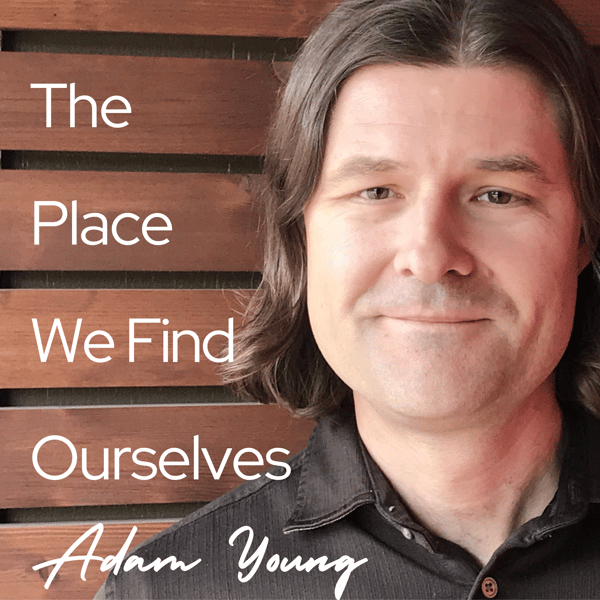118 How To Engage Someone's Story Part 2
The Place We Find Ourselves
Adam Young
4.8 • 2.5K Ratings
🗓️ 4 July 2022
⏱️ 31 minutes
🧾️ Download transcript
Summary
This is part 2 of a series of episodes on how to engage another person’s story. Today, we look at principles 3-7 of effective story engagement. Principle 3: Use the exquisite instrument that is your body. Principle 4: Always be monitoring the storyteller’s affect. Principle 5: Your right brain matters much more than your left brain when you are engaging someone’s story. Principle 6: Remember that there is always a reason for human behavior. Principle 7: Repairing rupture is more important than engaging their story perfectly.
Transcript
Click on a timestamp to play from that location
| 0:00.0 | Welcome back to the place we find ourselves podcast. I'm Adam Young and this is part two |
| 0:06.5 | of a four-part series of episodes on how to engage another person's story. In part one, |
| 0:14.2 | we looked at the first two principles of effective story engagement. And today, we will look at |
| 0:21.2 | five more principles for you to keep in mind when you are engaging someone's story. |
| 0:26.7 | But before diving in, if the podcast has been helpful to you, I want to invite you to consider |
| 0:33.6 | supporting it financially. The way you can do that is to go to my website and click on support |
| 0:39.8 | the podcast. There are a couple of options for making a donation. Thank you for considering it. |
| 0:46.8 | Okay, today let's start with principle three. The third principle of engaging someone's story |
| 0:55.3 | is to use the exquisite instrument that is your body. Your body is going to give you a lot of helpful |
| 1:07.5 | data that you want to pay attention to when you are listening to someone's story and when you |
| 1:13.2 | are engaging with someone's story. Your body is a lot smarter than you think it is. Your body has a |
| 1:20.9 | way of knowing things that your cerebral cortex doesn't know. And the way to access what your body |
| 1:30.3 | knows is to put yourself into the story. To put yourself into the story, you have to get inside |
| 1:41.4 | the story. So for example, if this story is about a seven-year-old girl waiting for her mom to |
| 1:48.0 | pick her up after school, you need to become a seven-year-old girl sitting on the curb outside |
| 1:54.8 | of your elementary school. What do you see? You see all the other kids slowly being picked up |
| 2:01.2 | and leaving. What do you feel? As 10 minutes, become 20 minutes. What do you hear? You hear less and |
| 2:10.8 | less chatter of kids. More and more stillness. More and more quiet. As you are left sitting there all |
| 2:18.5 | alone. In other words, you have to become seven again. How does a seven-year-old experience those |
| 2:29.2 | sights and sounds? Remember, the girl in the story that you have just listened to is seven. She's not |
| 2:36.0 | 43. So here's how Dan Allender puts it. He says, as I listen to a story, I let my imagination |
| 2:44.8 | see what is happening. I don't merely hear words. I let words create scenes and images. It is like |
... |
Please login to see the full transcript.
Disclaimer: The podcast and artwork embedded on this page are from Adam Young, and are the property of its owner and not affiliated with or endorsed by Tapesearch.
Generated transcripts are the property of Adam Young and are distributed freely under the Fair Use doctrine. Transcripts generated by Tapesearch are not guaranteed to be accurate.
Copyright © Tapesearch 2025.

